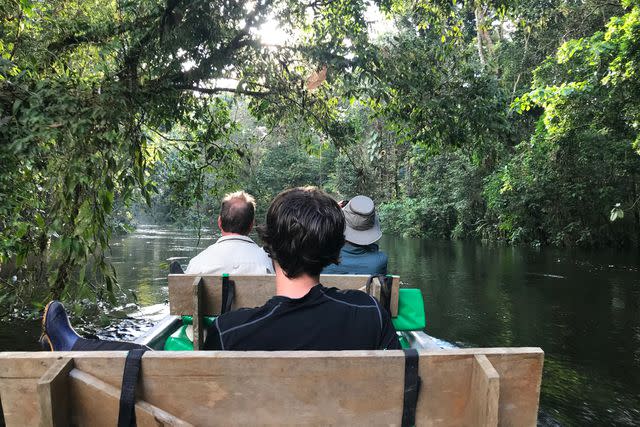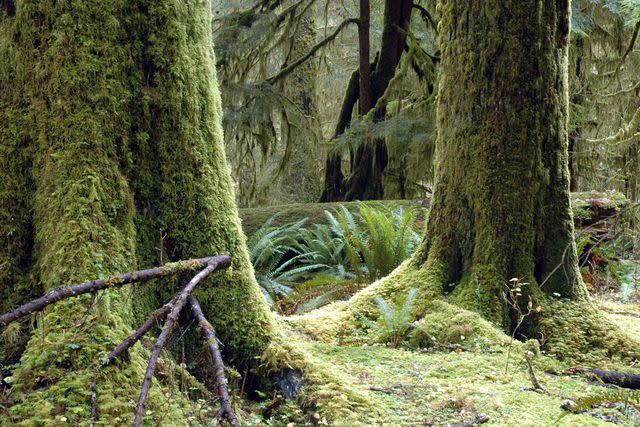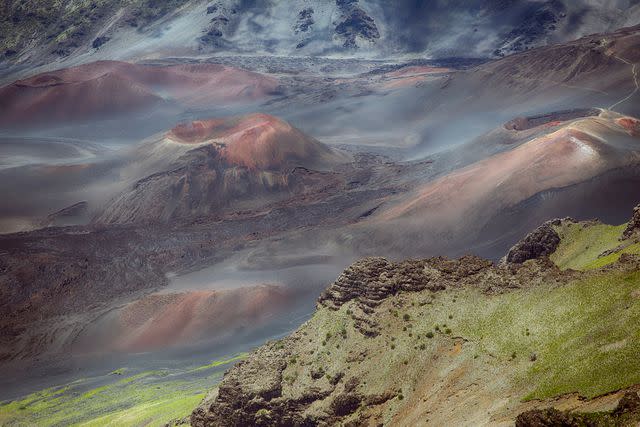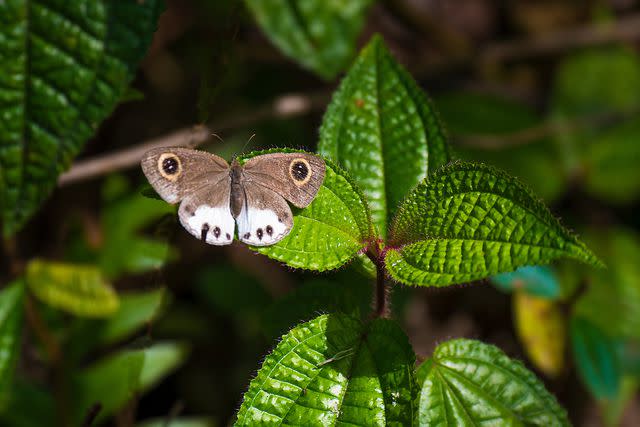Where to Find the World's Quietest Places, According to an Acoustic Ecologist
The founder of Quiet Parks International is on a mission to preserve nature (without the noise).

Shawn Parkin
Gordon Hempton at work in one of his happy places: the Hoh Rain Forest in Washington’s Olympic National Park.“Our goal is to save quiet for the benefit of all life,” says Gordon Hempton, co-founder of the nonprofit Quiet Parks International. A self-proclaimed terrible listener turned scholar of soundscapes, Hempton has spent four decades searching for the planet’s rarest natural sounds, from the harmonic vibrations inside a Sitka spruce log to the echo of western meadowlarks through a canyon.
“Originally, my aim was simply to listen more carefully to the world around me,” Hempton says. “It quickly evolved into a lifelong campaign to preserve natural areas free of noise pollution.” He and an all-volunteer team seek out remote stretches where nature still reigns sonically supreme, making recordings and measuring levels of human-made noise. By designating these areas as Quiet Places, the organization hopes to preserve them — and encourage visitors to keep it down. Travelers can tread lightly on QPI-hosted tours, including a hike in Hong Kong’s Tai Po Kau Nature Reserve or a meditation retreat in Tuscany.
Here, Hempton shares some favorites among the planet's quietest places.
Zabalo River, Ecuador

Courtesy of Quiet Parks International
“Deep within the Ecuadorian Amazon, this river basin, stewarded by the Cofán nation, became QPI’s first Wilderness Quiet Park in 2019. It’s my church. It’s so wild, so free of noise pollution. And it has some of the Earth’s greatest biodiversity — there’s so much life going on there.”
Olympic National Park, Washington

Courtesy of Quiet Parks International
The Hoh Rain Forest is a fairyland. The hum of the trees isn’t something you’d notice — just as you wouldn’t notice the ventilation system in an indoor space — unless you stop and listen. There really is a hum created by the conifer needles. You can also hear the flutelike bugle of Roosevelt elk. As it travels through the rainforest, the sound becomes sweeter, and so ethereal.”
Haleakalā National Park, Hawaii

Ursula Jernberg/Courtesy of Quiet Parks International
“The Haleakalā Crater, a dormant volcano on Maui, is known as the quietest place on the planet. I don’t think you can walk into the crater and not be changed. At QPI, we define quiet as the absence of noise pollution and the dominance of natural sounds. But in the crater, there are such low decibel levels that whispers sound like shouts. You’ll hear your own nervous system.”
Sinharaja Forest Reserve, Sri Lanka

Vincent Ko Hon Chiu/Courtesy of UNESCO
“This UNESCO World Heritage site is the place I most long to return to. In my estimation, it has the most peaceful night sounds imaginable. A myriad of insects and frogs create a sonic tapestry that dreams are made of.”
A version of this story first appeared in the April 2023 issue of Travel + Leisure under the headline "Sounds of Silence."
For more Travel & Leisure news, make sure to sign up for our newsletter!
Read the original article on Travel & Leisure.

